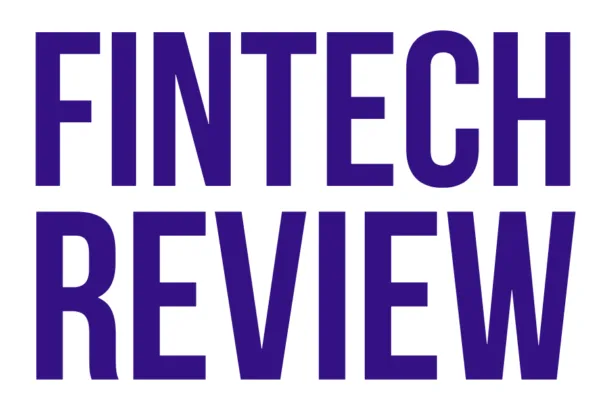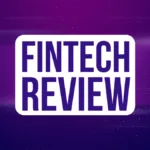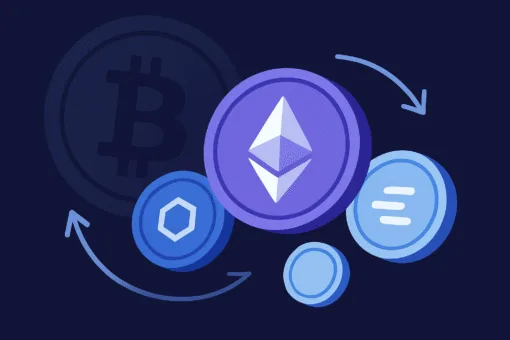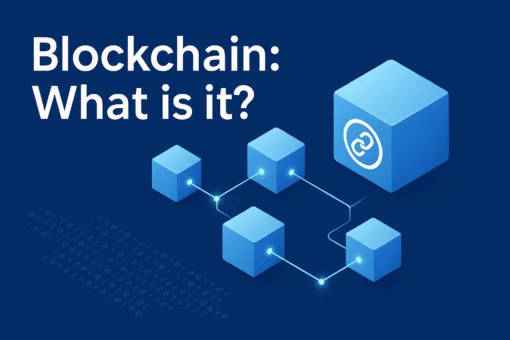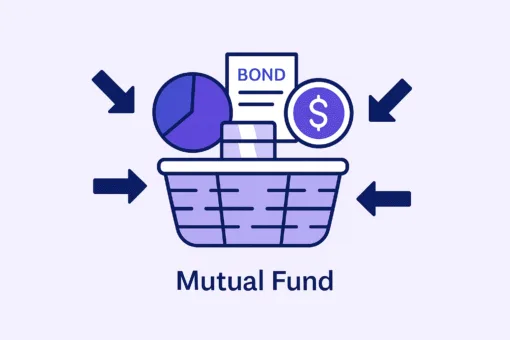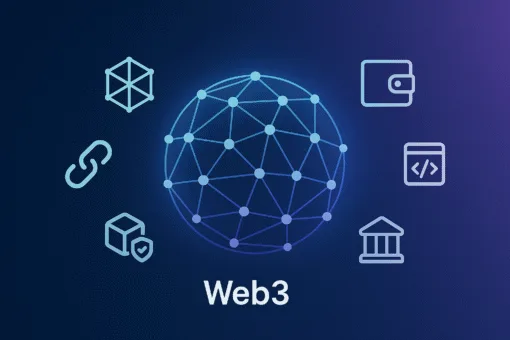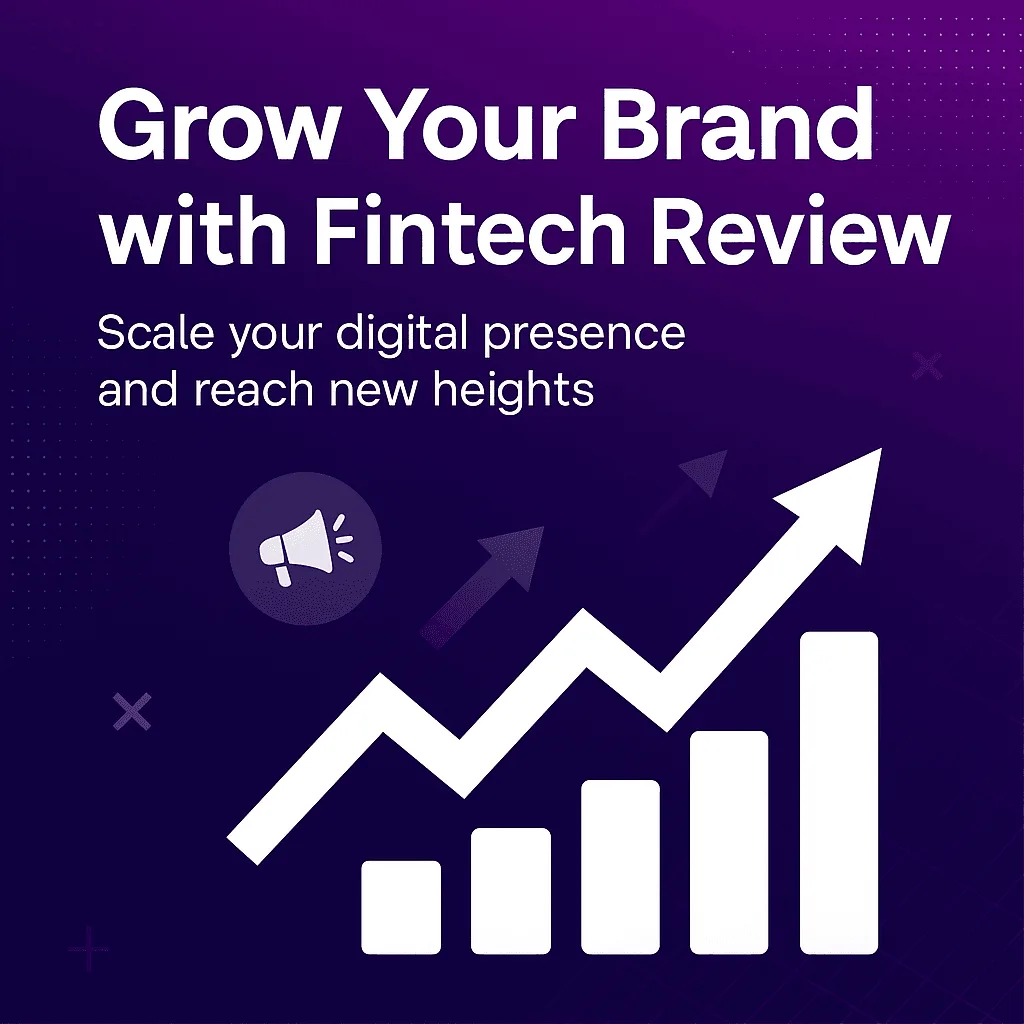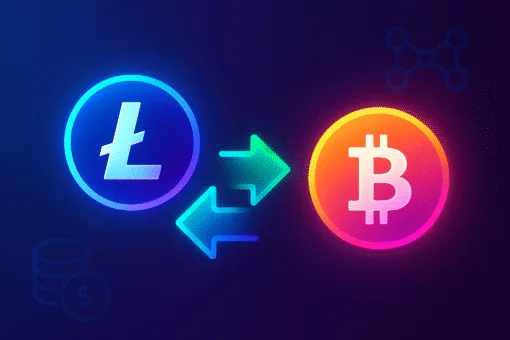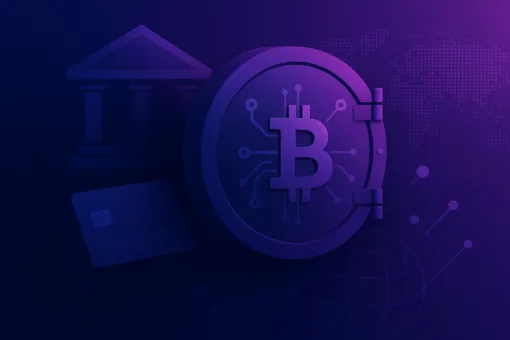Middle Eastern consumer banking has recently developed an intriguing story. On the one hand, the financial demands of clients are changing quickly every day in the post-pandemic new normal. We have a financial environment that is ready for development, innovation, and transformation, notably in customer experience (CX). That is when you combine this with dynamic digital disruptions and cutting-edge technology.
One is that the ecosystem for digital payments is on the verge of a substantial digital transition. Amidst a sharp increase in the use of secure virtual banking efforts. Additionally, the larger GCC area is investigating the possibility of economic diversification. It would be done by adopting a discernible shift toward a more open economy thanks to outstanding policy-level support and regulatory nudges.
Banks and other financial institutions are putting an unwavering emphasis on maximising CX at scale. They want to remain relevant and digitally resilient in order to increase client engagement. In this article, we examine a few themes that have recently influenced the Middle Eastern customer experience trajectory.
Digital becoming widely used

Financial institutions of today are aiming to create a user-focused CX that prioritises consumer convenience and context. This is made possible by powerful digital capabilities with security and privacy at their heart. For instance, an automated KYC method that enables clients to open up an account immediately has made the formerly time-consuming, paper-based process of customer onboarding simpler. To update sluggish and ineffective procedures, legacy technologies are being merged to function in tandem with digital technology.
As examples, consider how the National Bank of Bahrain and the Abu Dhabi Islamic Bank have adopted strong digital solutions to compete in the modern, tech-driven market. Additionally, branchless banking is becoming more popular. Since its inception in 2017, Liv by Emirates NBD has added over 370,000 customers at a cost that is just 20% of that of typical banks. Neobanks and challenger banks are also increasingly establishing themselves in the area.
Think about these instances:
- In an effort to promote user-centric digital banking activities, Commercial Bank of Dubai teamed up with NOW Money, a neobank.
- To provide its consumers with digital-only banking services, UAE-based FinTech YAP and RAK Bank worked together.
- The UAE-based bank Mashreq created Mashreq Neo, a digital-only bank, to target and meet the rising needs of the most recent generation of technologically sophisticated banking consumers.
Initiatives for open banking
Middle Eastern banks are moving toward open banking and for good reason. To support the growth of the financial sector and improve customer experience, the Central Bank of KSA announced the beginning of an open banking project in January 2021. Customers may experience banking in a deregulated setting with fewer entry barriers and more advanced digital disruptions. That is thanks to an open banking architecture that makes use of APIs.
The open banking project in KSA, seen as a useful diversification of financial services, highlights its commitment to fostering fintech innovation, a key goal of Saudi Vision 2030. Bahrain was the first country to embrace open banking, and the UAE and Saudi Arabia soon followed.
QR Code-based transactions
Because of the pandemic-induced social estrangement, contactless payments have significantly increased in relevance. According to a recent Statista poll, since March 2020, about 50% of customers worldwide have used QR codes for contactless purchases. According to a PRNewswire research, Middle Eastern customers have been eager to experiment with new trends in the area of digital payments.
One example is the creation of a QR-based payment system by the Saudi Arabia Monetary Authority (SAMA) in collaboration with the famous provider of payments technology and services HPS.

Customized options for better CX
Personal wealth and money management solutions are the top fintech advancement of the previous year, according to a 2020 Deloitte Middle East poll. With a clear tilt toward digital and voice-enabled assistants, customer preferences in the wealth asset management industry are continually changing. These go beyond straightforward transactional actions and include getting reliable, fact-based wealth and financial counsel.
According to a 2020 EY survey, 46% of clients greatly appreciate straightforward, user-friendly digital procedures for their investing activities, while 25% now obtain financial advice via mobile applications. In order to do this, these investors are turning to online investing, and wealth management platforms like Sarwa, baraka, StashAway, Saxo Bank, or AvaTrade are becoming more well-known.
Model of “buy now, pay later
The buy-now, pay-later (BNPL) trend is one of the new fashions that is built on the idea of credit. The usage of BNPL has increased significantly over the past year in the Middle East. It is anticipated that by 2023, it would make up 9% of all e-commerce payments in the region. The figures don’t necessarily tell the whole picture. But they do show the potential that BNPL offers by promising to be a reliable alternative to cash payments.
BNPL businesses often have a successful monetization strategy based on discounted merchant fees. With up to 53% of MENA consumers potentially becoming BNPL subscribers in 2022, BNPL has also played a significant role in transforming development in the region’s paytech sector. In this context, Tamara and Tabby are two names that stand out.
What should we remember?

The conclusion is clear: A potent blend of data, analytics, and technology will shape the future of customer experience banking. The majority of financial firms continue to place a high priority on customer-centricity. Banks will make every effort to increase operational effectiveness in addition to their focus on providing outstanding CX.
Today, customer experience is the key competitive difference in the banking sector. It attracts enough attention, increases referral rates, and increases wallet share. They substantially contribute to enhanced cross-selling and up-selling as well. The two pillars that steer today’s customers’ financial services experiences are customer-centricity and personalisation.
